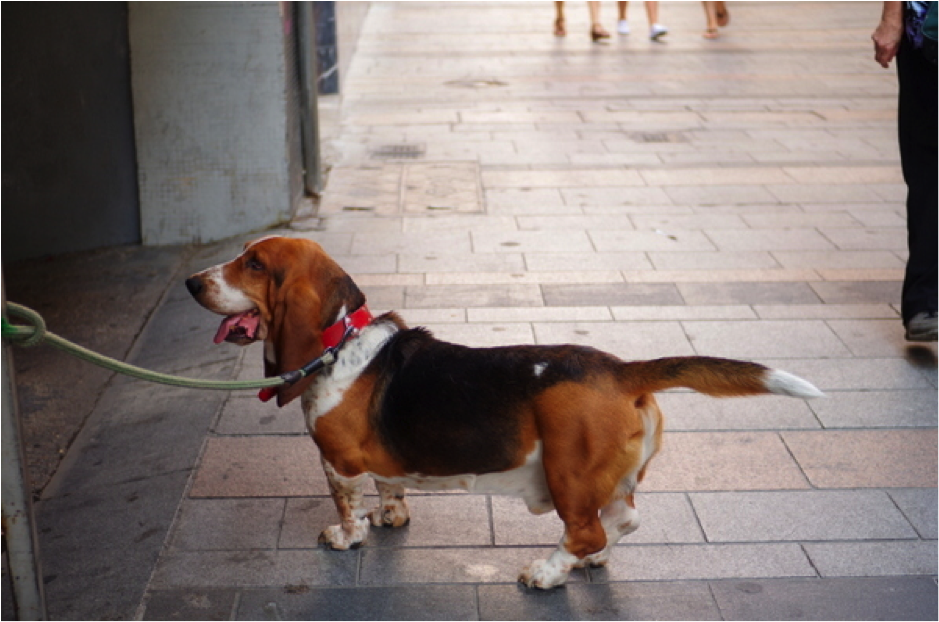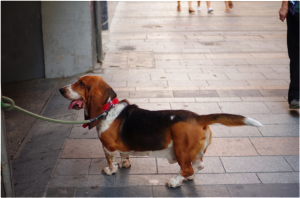Halloween Safety Tips for Pet Parents
Halloween is just a week away and I see lots of pics on Facebook of pets dressed up in costumes. They all look so cute. On occasion I would put a Red Sox hat on Nicholas. I have one pic on my web site of him with sunglasses looking cool. Willy tolerated hats and glasses, also. One Christmas I found felt antlers and that became a tradition on Willy’s head. He seemed to enjoy the attention he got with them. Morgan will have nothing to do with this stuff. He barely tolerated a Patriots hat on his head for thirty seconds while I snapped a photo so I’ve given up the holiday antler tradition.
I found this on the internet from the SPCA and wanted to pass it along.
Our vets and behaviorists weighed in and said putting your pet in costume is okay as long as you’re certain he’s comfortable in his holiday gear. If you decide to have your pet wear a costume, here are ten helpful tips to keep in mind:
- Your pet’s Halloween garb shouldn’t constrict his movement or hearing, or impede his ability to breathe, bark or meow. Be sure to try on costumes well in advance—and if your furry friend seems distressed, try switching to his birthday suit. Or consider letting him go au naturale or donning a festive bandana.
- Examine your pet’s costume and make sure it doesn’t have any small, dangling or easily chewed-off pieces that he could choke on. Also, ill-fitting outfits can get caught on external objects or your pet, leading to injury.
- No tricks, no treats: That bowl of candy is for trick-or-treaters, not for Scruffy and Fluffy. Chocolate in all forms—especially dark or baking chocolate—can be very dangerous for dogs and cats. Candies containing the artificial sweetener xylitol can also cause problems. If you do suspect your pet has ingested something toxic, please call your veterinarian or the ASPCA Animal Poison Control Center at (888) 426-4435.
- Popular Halloween plants such as pumpkins and decorative corn are considered to be relatively nontoxic, but they can produce stomach upset in pets who nibble on them.
- Wires and cords from electric lights and other decorations should be kept out of reach of your pets. If chewed, your pet might suffer cuts or burns, or receive a possibly life-threatening electrical shock.
- A carved pumpkin certainly is festive, but do exercise caution if you choose to add a candle. Pets can easily knock a lit pumpkin over and cause a fire. Curious kittens especially run the risk of getting burned or singed by candle flames.
- Dress-up can be a big mess-up for some pets. Please don’t put your dog or cat in a costume UNLESS you know he or she loves it (yup, a few pets are real hams!). For pets who prefer their “birthday suits,” however, wearing a costume may cause undue stress.
- All but the most social dogs and cats should be kept in a separate room away from the front door during peak trick-or-treating hours. Too many strangers can be scary and stressful for pets.
A couple of personal notes from me – Pets are a draw to humans anytime of the year, more so if they’re dressed up all cutesy. Children and even adults will be more inclined to want to pet them than before. Don’t leave your pet unattended. My advice is don’t let children around them – it’s a recipe for a disaster. Kids and dogs are already a bit excitable on this night.
- When opening the door for trick-or-treaters, take care that your cat or dog doesn’t dart outside.
- IDs, please! Make sure your dog or cat has proper identification on underneath that cute costume. If for any reason your pet escapes and becomes lost during Halloween festivities, tags or a microchip can be a lifesaver and increasing the chances that he or she will be returned to you









